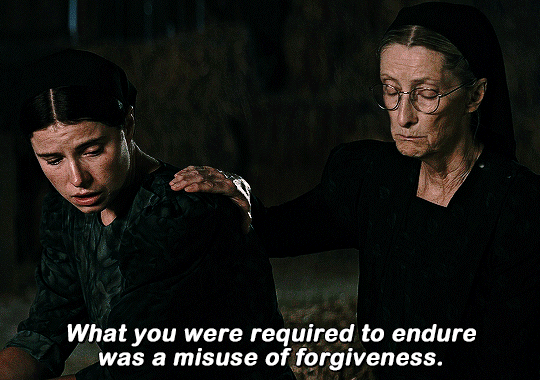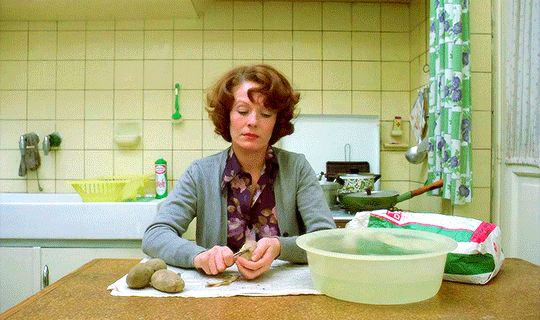Payton Ewalt, Pau Brunet-Fuertes, Devin Glenn - Realist or Naturalist Style
Group 1: Realist or Naturalist Style
Definition:
The naturalistic acting method involves creating a character based on a realistic representation, avoiding exaggeration and artificial mannerisms. As Barry Kind defines it in his article "Articulating Stardom," "Naturalism [is] the mode of the individual, his or her utterances, behavior and appearance in everyday setting, gives a privileged access to personal and collective realities" (172). The acting blurs in an impersonation that does not articulate ideas of characterization directly related to facilitating plot signifiers. This mode of acting conflicts with some notions of stardom, as "the actor confronts problems in characterization that relate to his or her being as a general cultural object rather than a theatrical object" (King 173). As Dyer points out, the naturalistic ideas of acting in Diderot and Coquelin method, states that the actor should never lose their role and should perform by observing others (132).
History:
The Realist/Naturalist Movement in the theatrical arts arose during the late 19th century as a reaction against the romanticism and sensationalism of melodrama. It called for a rejection of artifice, demanding that performances preserve a greater sense of emotive authenticity. In many ways, Stanislavski’s school of thought ignited this movement, which led to America forming its own brand of this performance style (American realism) and acting in the 1930s, 1940s and 1950s. As detailed in the Dyer reading, radio performance additionally influenced the movement, emphasizing a character’s “domestic immediacy” and ability to be “instantly recognizable” as well as the overarching notion of “people playing ‘themselves’” (139). Dyer explores the ways in which film actors coming from the dramatic arts often discuss the ways in which they had to “unlearn” elements of their theatrical training in order to give more nuanced performances—a discourse that undoubtedly must consider the role proximity plays in cultivating different visual and sonic experiences on stage vs. on screen for the spectator.
Clips:
Gena Rowlands in A Woman Under the Influence: https://youtu.be/NH6hOM9ybXU
Jessie Buckley (+cast) in Women Talking: https://youtu.be/QYj0vlPXzF8
Jeffrey Wright in American Fiction: https://youtu.be/4UkZRJeg9Ls
Delphine Seyrig in Jeanne Dielman: https://youtu.be/MSAxVQNnTlQ?t=5
Teo Yoo in Past Lives: https://youtu.be/eV1j_pvre4k
---------------Fallen Leaves (Aki Kaurismäki):https://youtu.be/AI3IASNvKeQ






Comments
Post a Comment